The Ultimate Guide to Snap Peas
Your guide to picking, preparing, and cooking Sugar Snap Peas. Everything you have ever wanted to know about snap peas including how to choose, ways to cook them, delicious recipes, and more.
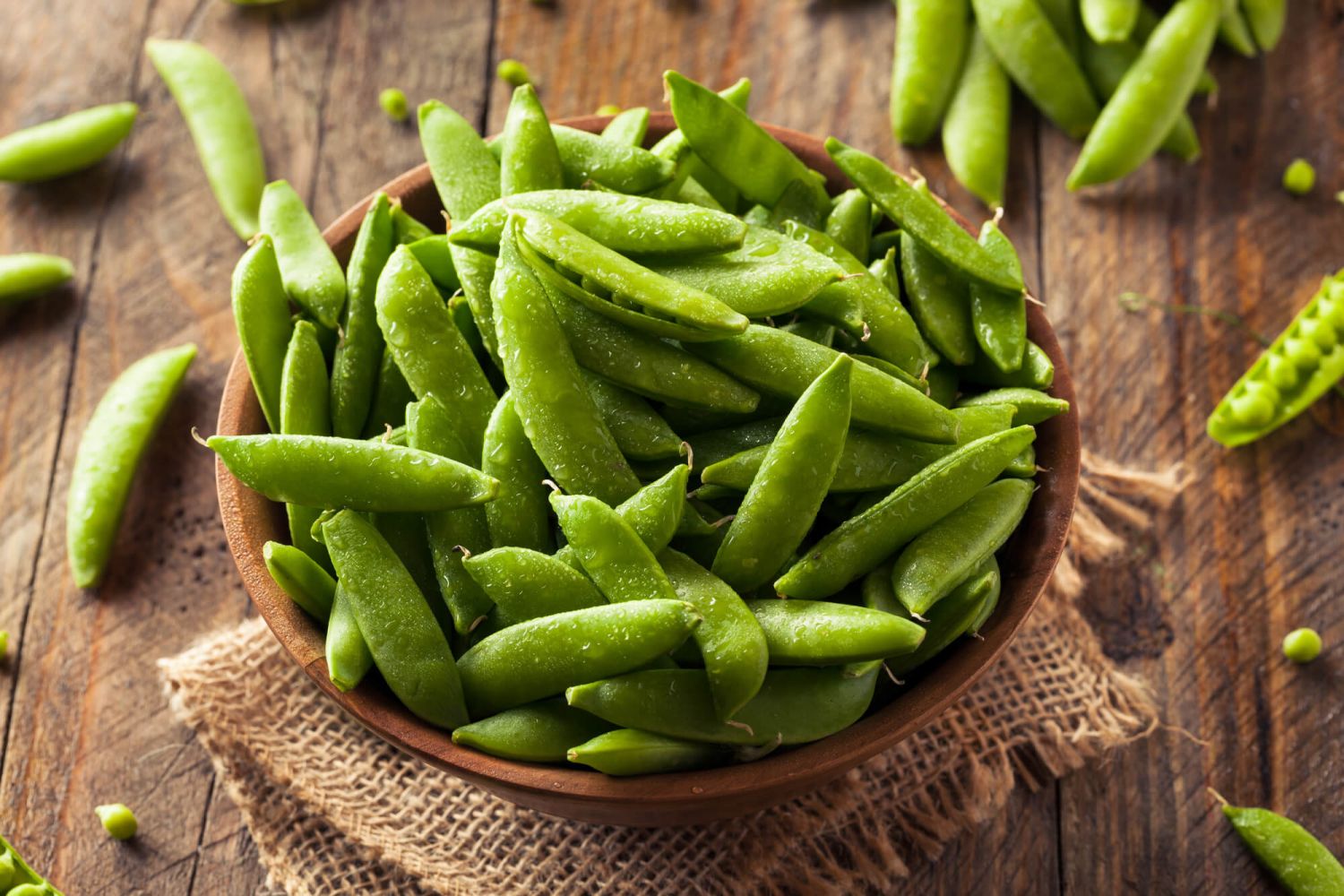
Do you tend to walk right by the snap peas at the grocery store, unsure of what they are and how you’d use them? Or maybe you’ve picked them up to snack on raw, as a naturally sweetened treat for your kids or yourself, but never thought to cook them up, tossing them into your favorite stir-fry or with a simple garlic and soy preparation for a side dish.
If you, like me, are always on the hunt for new, delicious, healthy, and low-calorie ways to prepare vegetables or for new recipes that incorporate veggies you’d really never thought to try, then consider the humble snap pea, also known as the sugar snap pea. Delicious, nutritious, crunchy, crisp, and, quite frankly, not bad to look at, the snap pea is definitely having a moment.
Snap Peas Versus Snow Peas – What’s the Difference?
Although snap peas and snow peas might appear to be interchangeable, as they both have a similar size and shape, belong to the legume family, and grow by climbing up a pole, string, or stalk, they are not the same thing.
Snow peas (also known as Chinese pea pods) are green, flat, and oblong in shape with tiny peas visible through the outside of the pod. They have a mild flavor and can be eaten raw or cooked.
Snap peas are a cross between a snow pea and a garden pea. They can also be eaten whole, raw, or cooked, but they possess a sweet flavor, are juicy, crunchy, and will “snap” when you break them in half. You typically cannot see the peas in a snap pea from the outside of the pod.
The Health Benefits of Snap Peas
While many foods are billed as “perfect,” snap peas might be up there with some of the best in terms of the vitamins, nutrients, and other good-for-you components that this lovely little legume provides. Snap peas contain vitamin K, which helps your bones retain calcium, antioxidants from vitamin C, and a host of B-complex vitamins, plus folate, iron, and beta-carotene (another antioxidant that can help ward off cancer cells).
Snap peas make a wonderful addition to many recipes that call for a steamed or cooked vegetable, but they also make a great snack right out of the bag. Their fiber content keeps you full, while the sweet taste can help curb your sweet tooth. One cup of snap peas contains only 41 calories, 7 grams of carbohydrates, 2.5 grams of fiber, 4 grams of sugar, 0 grams of fat, and 3 grams of protein.

Choosing Snap Peas
You can find snap peas in your grocer’s produce department, either loose or pre-packaged in a clear bag (usually next to the bagged lettuce). You’ll want to choose pods based on their bright green color and smooth skin. Do not pick any that are discolored, spotted, or wrinkled.
If you grow snap peas in your garden, you can pick them when they are bright green and smooth. To test for ripeness, harvest one pod by pulling it gently off the vine and snapping it in half. If the peas are small and the walls are thick and green, then the peas are ready to be eaten.
Storing Snap Peas
As with most peas, the sooner snap peas they are eaten, the fresher they will taste. However, snap peas will keep for up to five days in a resealable plastic bag in your refrigerator. Discard individual pods if they start to discolor or lose their firmness.
Preparing & Cooking Snap Peas
It’s best to cook or eat snap peas soon after picking to lock in as much flavor and freshness as possible. You can eat the entire pod raw or cooked, though some people prefer to trim off the ends and pull of the string that runs down the middle of the pods. For best results, rinse the snap peas, trim the ends, and let your imagination run wild. You’ll find that cooking with snap peas is, well, a snap!
- As a Side: Whip up a fantastic, bright, flavorful side dish with snap peas in less than 10 minutes, like these Garlic Sugar Snap Peas or Sesame Sugar Snap Peas – two of my go-to healthy side dishes. The best part is, you probably already have all the ingredients in your kitchen, just waiting for the opportunity to transform themselves into something yummy.
- In Soups and Noodles: Snap peas are an easy ingredient to add to any soup, particularly those that are Asian-inspired, like this Asian Noodle Bowl. They only need a few minutes of cooking time, and you can add them in when your noodles are almost finished – just toss them right in the same pot!
- In Stir-Fries: In my recipe for Snap Pea and Japanese Eggplant Stir-Fry, I saved time and extra dishes by using the same pan that I seared the tofu in to sauté the snap peas and eggplant for just a few minutes before adding the other ingredients back in and serving. This Sesame Tofu and Snap Pea dish is another keeper.
- In Pasta Dishes: Pasta is like a blank canvas. Why not dress it up with snap peas, garlic, a protein, and a creamy, ooey, gooey, (and don’t forget delicious) low-fat sauce? That’s what I did when I created this recipe for Bacon and Sugar Snap Pea Pasta. We also love this Black Pepper and Garlic Snap Pea Pasta recipe.
- Sheet Pan Dinners: Sugar snap peas cook quickly making them perfect for sheet pan meals like this Soy and Mango Marinated Chicken Thighs with Sugar Snap Peas.
- Salads: Snap peas are a crunchy addition in any green salad and can be added raw, blanched, or cooked. They also make a great addition to entrée style salads like this Snap Pea and Farro Salad.

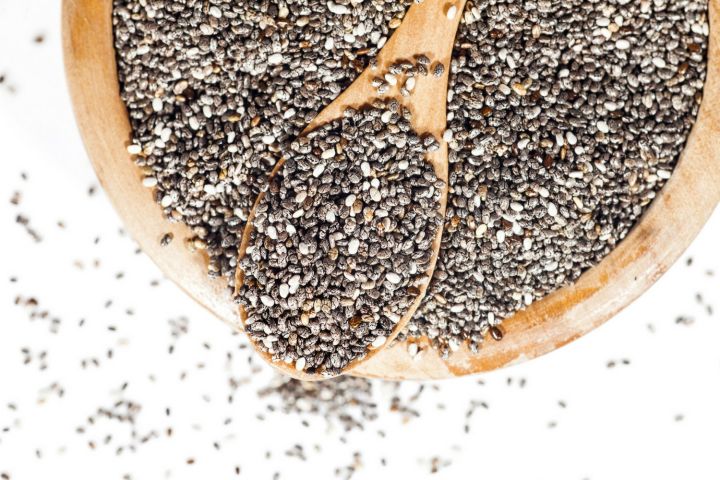
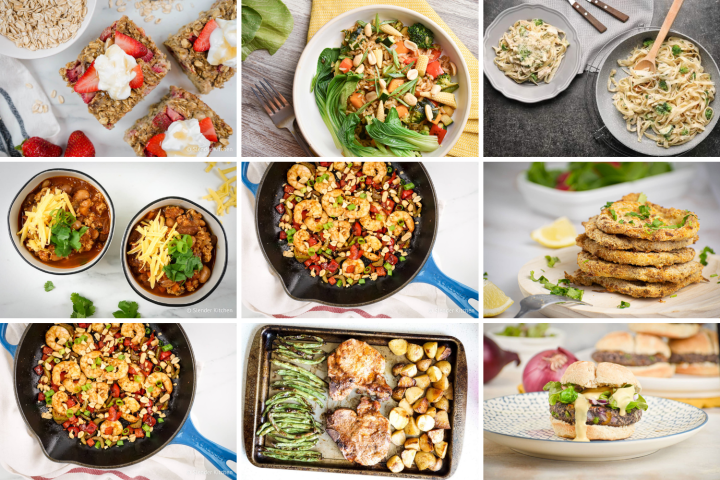



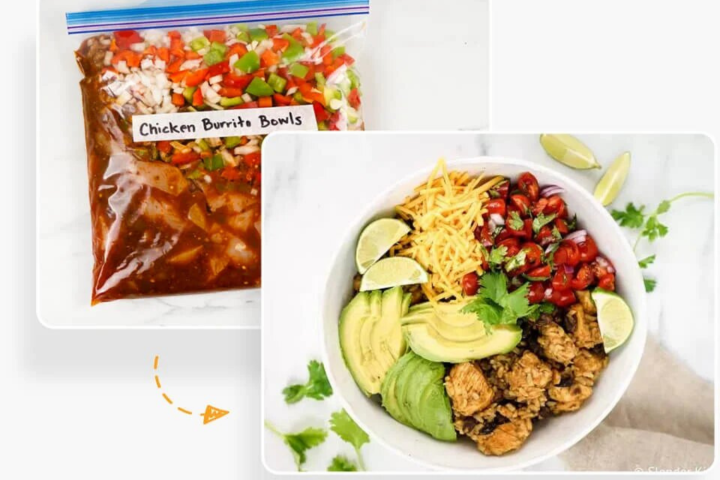

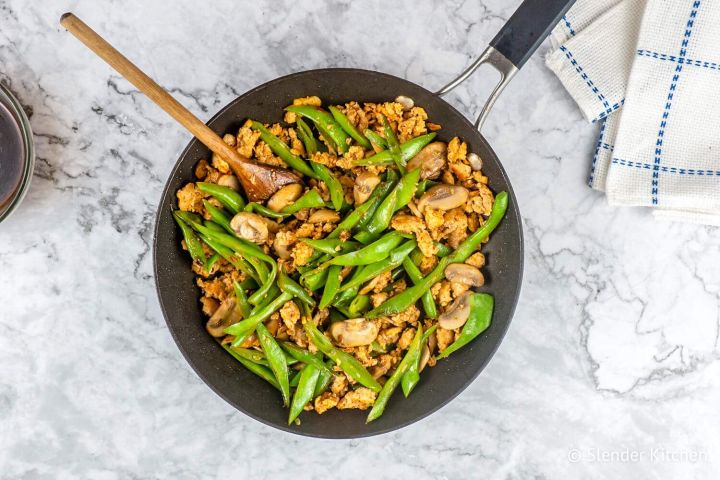

discoloration how about spots but they taste good and they’re not mushy?